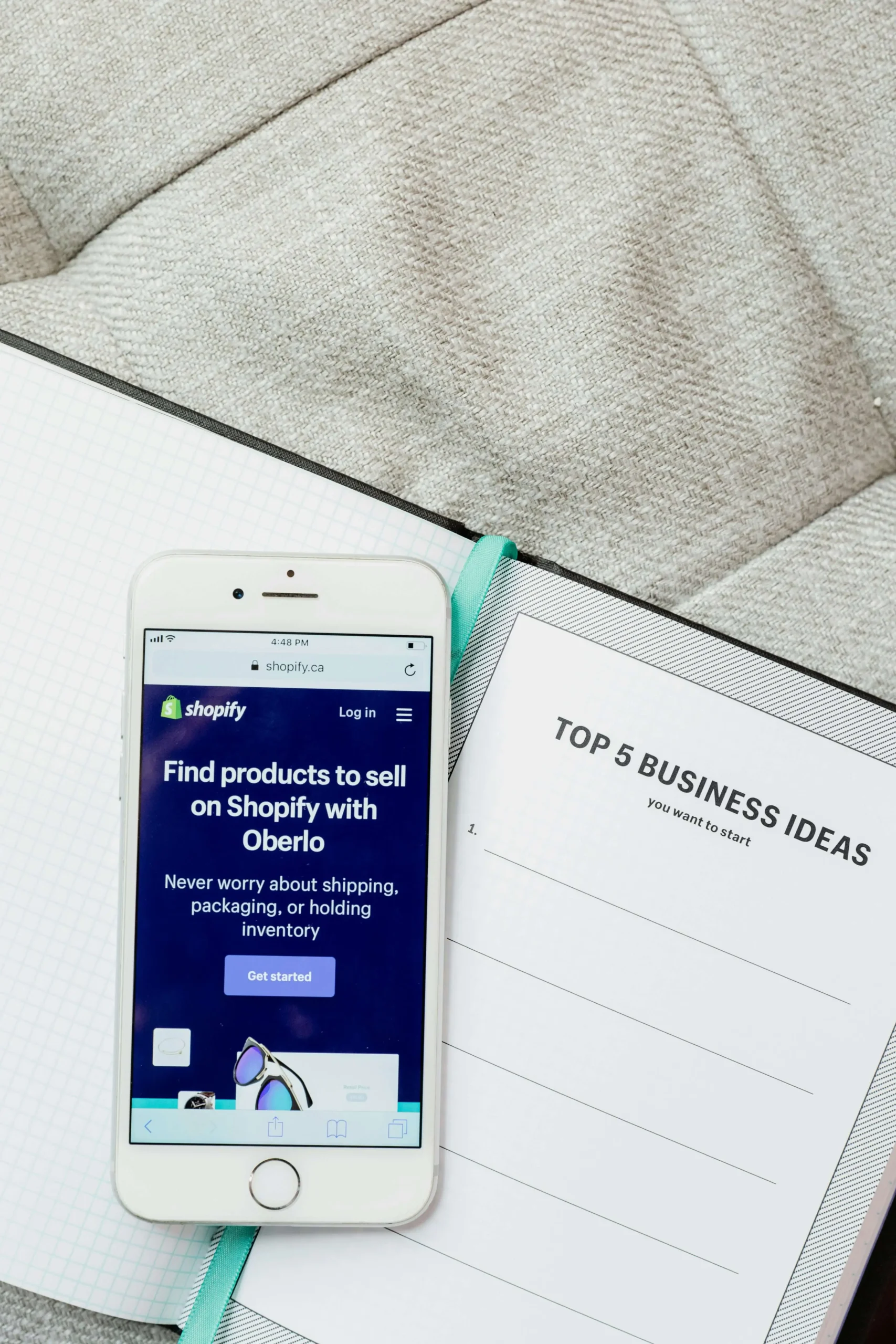
Estimated reading time: 7 minutes
Customer satisfaction is the cornerstone of business success.
And yet, companies around the world continue to ignore it! To secure high-value customers and keep them engaged, businesses must adopt a strong customer-first policy. This means focusing on developing a memorable customer experience, meeting their needs, and giving them a reason to come back.
But how do you do this? Here’s how to start thinking customer-first when it comes to building and refining your website, from big-picture choices to reviewing customer insights.
Related Links
Elements of a Customer-First Website
A customer-first website can be defined by a few key design and delivery choices.
Before anything else, ensure navigating your website is intuitive and customer friendly. If new users (and existing customers) can’t find their way around your website, locate products, or complete an order, your site isn’t fulfilling its central function.
It’s not just a case of practical design implementation though. While clear buttons, intuitive pathways, and a security presence are key, truly customer-first design is just as much a case of knowing your key landing pages and how to strategically place them as checkpoints throughout the customer journey.
Customer-first site architecture is a blending of both practical design and creative flourishes. Many sites inadvertently create unhelpful or frustrating user experiences. They do this by overthinking homepage design, considering style over substance, or over-incorporating their branding. By keeping things simple, you ensure users aren’t overwhelmed.
Navigating your website shouldn’t be a challenge your users have to overcome. The three-click rule tells us the average user is reluctant to spend too much time on a site and expects to find the things they came for with minimal effort. Optimizing your navigation with this in mind is crucial to developing a customer-first website, as are these key considerations.
Relevant Content
Much like web design, businesses tend to overthink their content. Employing a simplicity-first approach might not be the most exciting, but is often the best way to win over new customers.
While there’s always room for experimentation in content, your website should aim to highlight the most important, relevant, and pertinent content to your users. Think FAQs, delivery information, and contact details. Don’t try to reinvent the wheel when it comes to content. It’s much more important to make sure you’re hitting the basics.
Put yourself in the shoes of the customer. They might be frustrated, running low on time, or lacking in the insights you have. Not everyone on your site is an expert sitting down at their desktop computer. If they’re presented with overly complicated, difficult-to-find, and irrelevant content, they’re just going to move on to the next site in their Google search.
This is why the back-end your team is operating with is just as important to making successful customer-first content decisions. CRM software is integral to understanding the decisions, frustrations, and pleasure points of your visitors. Consequently, content and design operating is a key solution to the problem. Investing in a CRM system that collates this data into a digestible form that highlights content solutions is integral to transforming your site into one visitors want to spend time on
Optimized for All Devices

As touched upon in the last section, online shopping experiences are more diverse than ever before.
Your customers will be using mobile devices, browsing on their commute, and finding your store through social media channels. Almost 80% of smartphone users used their device to purchase in 2022. This highlights how important it is to ensure your website is ready for this kind of traffic.
Being mobile-friendly doesn’t just mean having your app (although, that can be a lucrative avenue for businesses with high user engagement), it means prioritizing the following:
- Content readability
- Usability
- Page loading speed
- Navigation
- Image visibility
Optimizing these features can dramatically improve key metrics such as bounce rate, browse time and conversions. This will also ensure you offer a consistent experience across all devices.
Easy Contact Options
While we live in an insular age of widespread online literacy, there are still many of us who enjoy having an old-fashioned phone conversation when we get stuck on a website.
Offering multiple, easy-to-use contact options is key to building a customer-first website. While you and your team might see navigating around your site as simple, remember that you’re the ones who designed it and visit it every day. To new users, everything is alien and potentially confusing, and they may need help.
This is why it’s crucial to offer as many contact channels as you can. Make phone, email, and live chat contact options clear and visible on your page. This will encourage visitors to use them if they have any queries. Chatbot technology has evolved rapidly in the last few years, so even smaller operations lacking the manpower to process user queries can offer navigational advice.
Automation is often the key to making this a success, and customer research has come so far in the digital age that both B2C and B2B enterprises can find long lists of common issues that may be plaguing their website visitors and implement the requisite changes.
Valuable Features

While simplicity is key in developing a customer-first website, don’t discount the importance of implementing valuable user-friendly features:
- Accounts: Ever been frustrated when you come back to a site after a long browsing session and your basket is empty? Or wanted to review your previous orders to find that t-shirt that fits just right? User accounts give your visitors the power to browse the way they want, while also giving you crucial opportunities to remarket
- Wish lists: Much like accounts, this is a great way for users to plan their orders and spend more time with your brand before converting, helping them make smarter purchasing decisions or passing on their lists to friends and families
- Order tracking: An essential of modern eCommerce. If your store doesn’t offer order tracking, you risk falling behind in terms of customer trust to more advanced brands who offer easy-to-use, integrated tracking options for orders of all sizes
- Product visualization: Reading a description is so old-fashioned. These days, shoppers want to see the product in action, analyze it in a 3D environment and watch customer testimonials. Ditch the over-written content and find new ways to show off what makes your products special, your customers will appreciate it
- Filtering options: Price, stock levels, popularity, date added – these are all key filtering options that help customers find the products they’re looking for faster and easier
Best Practices
Making your site customer-first is an ongoing process, not an overnight fix.
One overhaul won’t rid your site of problems, because new problems are always being discovered. What customers expect and respond positively to is constantly changing, and you need the tools, expertise, and perspective to respond to this in a measured manner.
This is a process of experimentation. Ensuring your search functionality is working and up to date is essential, especially as you add new features and products to your site. Likewise, you should be conducting A/B testing on everything from your copy to icon design, establishing what users respond to positively.
All of this is useless if you’re not employing insights learned through monitoring analytics and customer pain points. As we’ve established, becoming customer-first isn’t about making changes based on your whims and assumptions, but learning from real experiences, extracting key data insights and constantly tweaking your approach to reflect changing habits and needs.
Taking a customer-first approach to website design can yield significant results for businesses of all kinds, from improved conversion rates to greater customer satisfaction to subscriber loyalty. All of which makes everyone’s lives easier, from marketers to product developers. Being customer-first doesn’t just yield greater profits, but improved customer feedback, engagement with your brand, and collaborative opportunities that turn companies from mild successes into household names.
Contact Matchbox Design Group Today!
If your website could use a refresh or you’re looking to drive more traffic to your site, fill out the form below and we’ll contact you to learn more about your digital needs.

